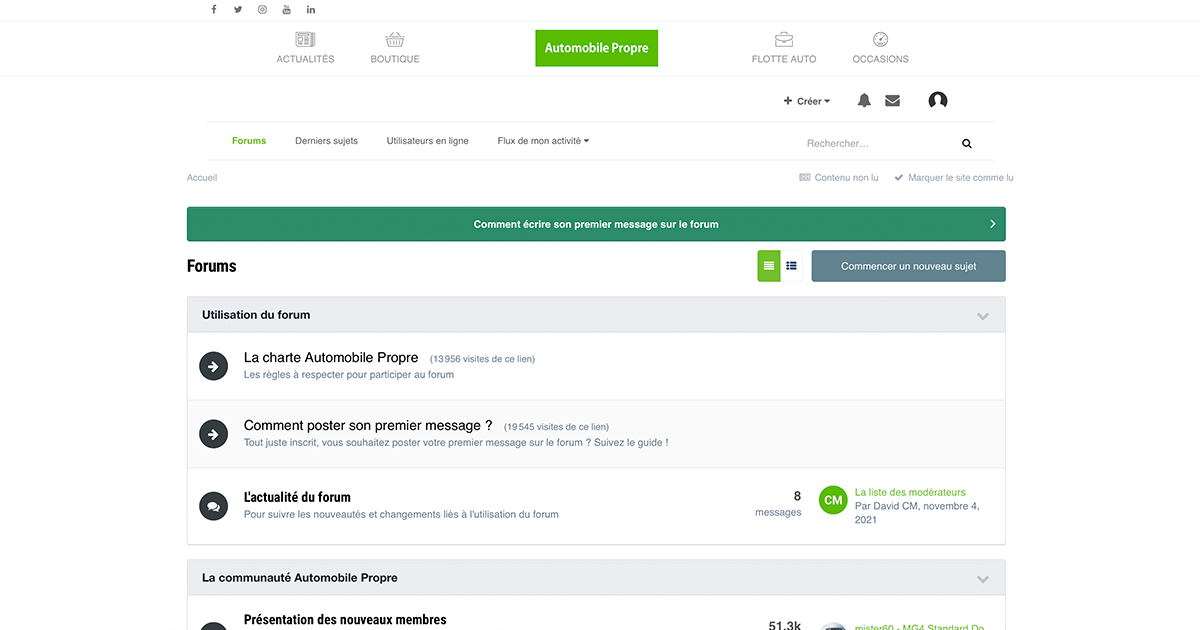We have a 2021 Kona Electric Unlimited with 17k miles, acquired 20 months ago. No issues whatsoever. I typically get 300 miles of range on a full charge in the summer, typically driving on interstates and 55MPH roads in Upstate NY and 340 miles in Tallahassee. The worst it got was 220 in the middle of the winter in Upstate NY last year, with 4 Blizzak snow tires and the heater running constantly, along with heated seats and steering wheel.
We charge it to 100% just about all the time, and never had any issue with battery degradation. We use a Grizzl-E level 2 charger at home. Electricity costs about $20 per 1,000 miles.
We drove it to Florida in November and were concerned about the range in the cold weather up north and Tropical Storm Nicole as we headed south, so we drove it 700 miles and loaded it on Amtrak's Auto Train for another 700 miles, from D.C. to Orlando. The car had no issues whatsoever, even driving through a partially flooded interstate near Washington DC.
However, the train died. The car won. The train died in an alligator infested swampy forest near DeLand, FL.
We've learned to use Eco mode most of the time, in order to reduce the power. In normal mode my wife accidentally chirps the tires at 45MPH. There's no need for Sport mode. I typically shut down regen on long interstate drives to increase the range, as the car scoots effortlessly, even in Eco mode. It regens whenever a car approaches in front, thanks to the adaptive cruise control.
That car has saved us a lot of money in gas and repairs.










